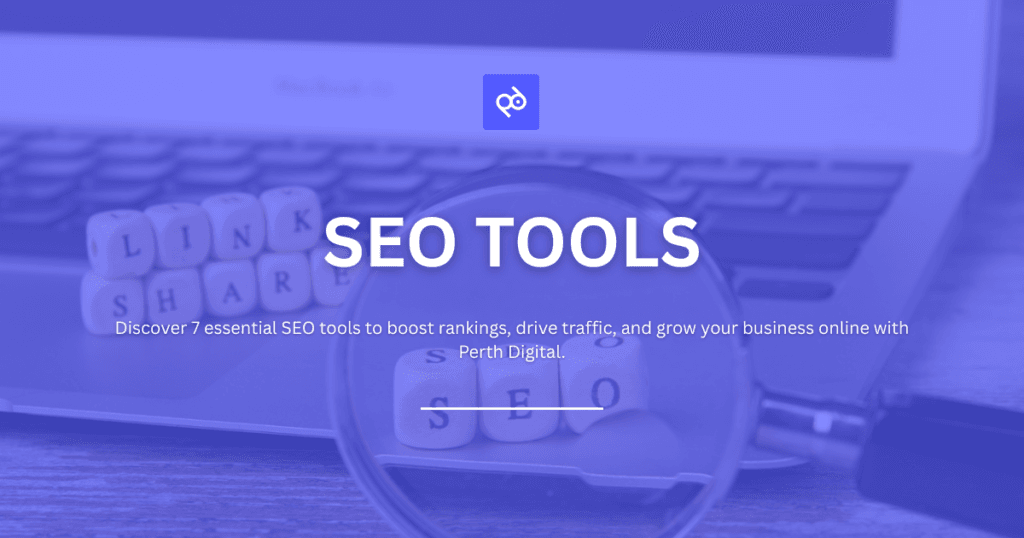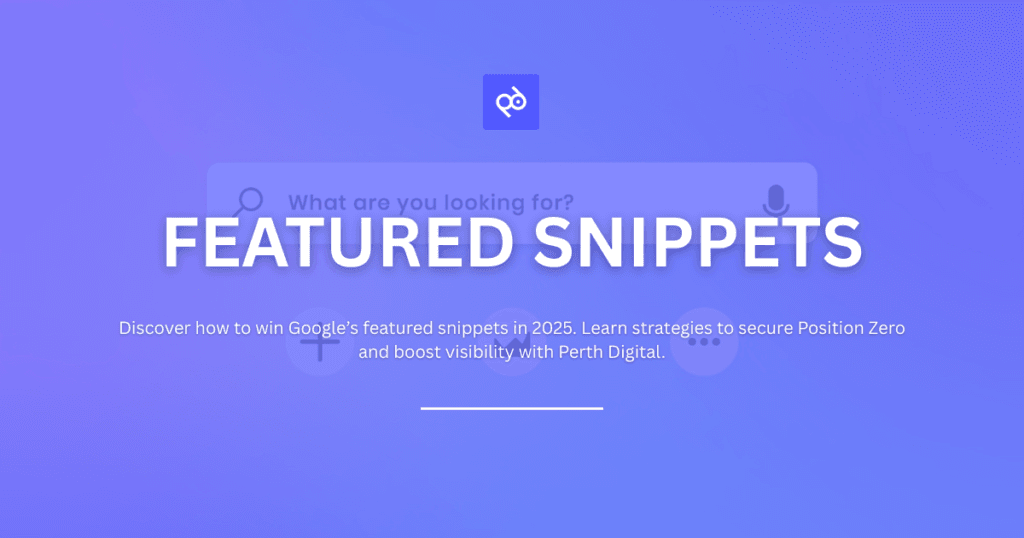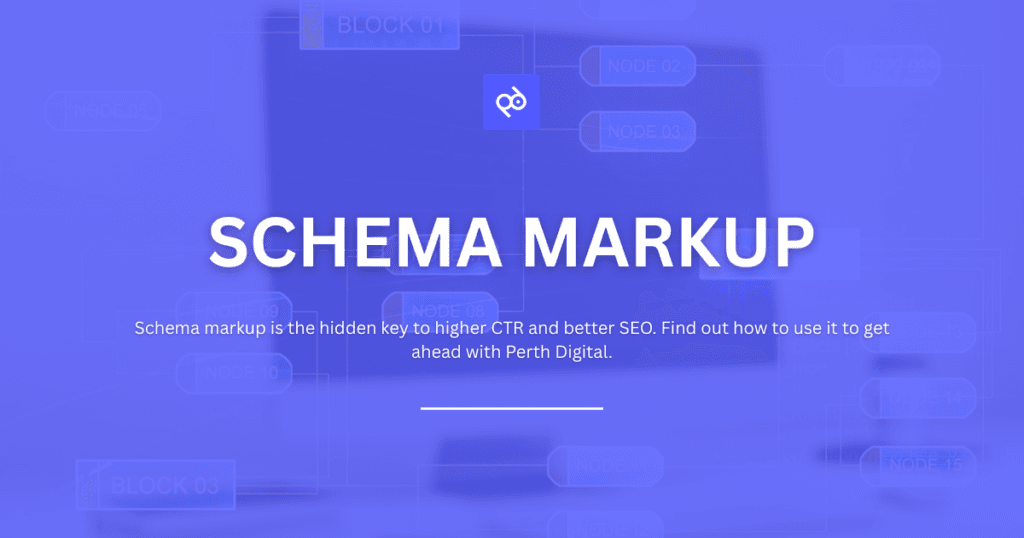SEO (Search Engine Optimisation) is no longer just about keywords and backlinks. In recent years, a more nuanced, intelligent layer has been added to the way Google and other search engines interpret web content: Natural Language Processing (NLP). This evolving field is transforming how content is understood, ranked, and presented on the web.
If you want to improve your website’s visibility and give your content a competitive edge, writing NLP-friendly content is a necessity. This guide will break down what NLP is, how it fits into SEO, and how to write in a way that both humans and machines can understand.
What Is NLP and Why Does It Matter?
NLP, or Natural Language Processing, is a subfield of artificial intelligence that focuses on the interaction between computers and human language. It enables machines to read, interpret, and respond to text in a way that mimics human understanding.
When it comes to search engines, NLP is used to understand the meaning behind a search query and match it with the intent of the user. In other words, NLP helps Google go beyond simple keyword matching and look at how words relate to each other in context.
This shift means that old-school tactics like keyword stuffing or writing content just to “game the algorithm” are becoming less effective. Instead, Google now favours quality content that genuinely answers users’ questions.
NLP in SEO: A Quiet Revolution
NLP in SEO is about making your content easier for machines to understand without compromising on readability for real people. Google introduced a major NLP upgrade with the BERT algorithm in 2019, and since then, its ability to process language has improved significantly.
BERT, and more recently MUM and other language models, are capable of understanding the nuances of natural language, things like context, sentiment, entity relationships, and even the tone of your content. This means Google can determine whether a page is a good fit for a search query even if it doesn’t contain an exact match for the words used.
So, what does this mean for your SEO strategy? It means writing with clarity, structure, and purpose is more important than ever.
What Is NLP-Friendly Content?
NLP-friendly content is content that aligns with how search engines process and interpret natural language. It’s written in a clear, natural, and structured way, using semantic signals that help algorithms understand the subject matter, context, and intent behind your content.
In practical terms, NLP-friendly content should:
- Be written in plain, accessible language.
- Clearly address user intent.
- Be well-organised with proper headings.
- Include semantically relevant terms.
- Be free from unnecessary jargon or fluff.
- Incorporate named entities (people, places, companies, products, etc.).
- Answer common questions related to the topic.
In essence, writing NLP-friendly content means thinking about how people speak and ask questions, and how a machine might try to interpret that.
How to Write NLP-Friendly Content (With Examples)
Let’s walk through key strategies to help you write content that resonates with both humans and search engines.
1. Focus on Search Intent, Not Just Keywords
Before you write a single word, ask yourself: What is the reader trying to accomplish by searching this term? That’s the essence of user intent.
For example, someone searching for “best laptops for students” likely wants a comparison or list with explanations. They’re not looking for a definition of what a laptop is.
Bad example (not NLP-friendly): Laptops are portable computers. There are many laptops available. Laptops are useful.
Good example (NLP-friendly): If you’re a student looking for a laptop, you’ll want something lightweight, affordable, and capable of running essential apps like Microsoft Word and Zoom. In this guide, we’ve reviewed the top options based on battery life, speed, and price.
Notice how the second version flows more naturally and speaks directly to the reader’s needs.
2. Use Natural Language and Sentence Structure
Write as if you’re speaking to a real person. Avoid robotic or overly complex phrasing. Google is trained on how people write and speak, so natural language is not only better for your audience, it also helps with SEO.
For example, instead of saying “Utilise the aforementioned methodologies to attain superior results,” say “Use the methods we’ve talked about to get better results.”
Natural, conversational writing performs better because it aligns with how NLP models process text.
3. Structure Your Content with Clear Headings and Subheadings
Headings help Google and your readers navigate the content. They also provide important semantic cues.
Use headings (H2s and H3s) to break down your content into logical sections. Make sure they include relevant keywords naturally.
Take this as an example, if your topic is “How to Train a Puppy,” your H2s might include:
- When to Start Training a Puppy
- Basic Commands Every Puppy Should Learn
- Common Puppy Training Mistakes
These give both the reader and search engines a clear outline of what to expect.
4. Include Related Entities and Synonyms
NLP systems use named entity recognition (NER) to identify proper nouns and their relationships. This means mentioning key entities like brands, places, tools, and people can help your content be more relevant.
For example, if you’re writing about SEO tools, mentioning Google Search Console, Ahrefs, and Semrush provides important context.
Similarly, using synonyms and related terms helps NLP models build a stronger semantic understanding. If your primary keyword is “organic content” you might also use phrases like “natural content”, “search-driven content”, or “SEO content”.
5. Answer Specific Questions Clearly
Search engines love direct answers to common questions. When you write clear, factual answers in short paragraphs, your chances of appearing in featured snippets increase.
For instance, you are writing content in order to answer this query: “What is NLP in SEO?”
Answer: “NLP in SEO refers to the use of natural language processing by search engines to better understand content and match it to user intent. It allows Google to interpret context, sentiment, and the relationship between words more accurately.”
This concise definition, followed by an in-depth explanation, is ideal for both readers and search engines.
6. Use Schema Markup Where Relevant
While not strictly part of NLP writing, schema markup complements NLP by structuring your content in a way that’s easier for search engines to understand. For example, using FAQ schema or Article schema can improve how your content appears in search results.
Schema enhances how NLP models interpret your page, especially when it comes to identifying sections like reviews, answers, or tutorials.
7. Avoid Keyword Stuffing
Stuffing your content with keywords used to be a popular SEO tactic, but it’s now counterproductive. NLP models are trained to spot unnatural repetition and can penalise content that feels spammy or forced.
Instead, use your keywords naturally and in context. One or two well-placed mentions of “nlp-friendly content” are more effective than ten awkward insertions.
Real-World Example: Blog Post Optimisation
Let’s say you’re writing a blog post titled “How to Do An SEO Backlink Audit”. To make it NLP-friendly, you would:
- Use a clear introduction explaining what a meta description is and why it matters.
- Structure your post with H2s like What Is a Meta Description?, Why Meta Descriptions Matter for SEO, and Tips for Writing Effective Meta Descriptions.
- Use synonyms like “snippet,” “search summary,” and “SEO blurb” naturally.
- Answer FAQs such as How long should a meta description be?
- Mention tools like Google Search Console and Yoast.
By doing this, you’re not just targeting keywords, you’re building a context-rich piece of content that machines can understand and humans will enjoy.
Why NLP-Friendly Content Gives You a Competitive Advantage
In the age of semantic search and AI-driven rankings, NLP-friendly content is your secret weapon. It helps your site:
- Rank for more long-tail and conversational queries.
- Appear in featured snippets and voice search results.
- Build trust and clarity for readers.
- Stay aligned with future algorithm updates.
Most importantly, it makes your content more readable, which leads to higher engagement, longer time on page, and more conversions.
Ready to Optimise Your Content for NLP?
Search engines have become far more sophisticated than they were even a few years ago. To keep up, content creators need to evolve too. Writing NLP-friendly content isn’t about writing for robots, it’s about writing for people in a way that search engines can understand.
And remember, at the heart of every great piece of content is the simple goal of answering someone’s question. When you do that well, using natural language and structured information, you’re already well on your way to mastering NLP-friendly content.
Are you ready to boost your website’s SEO? Perth Digital provides complete SEO packages, including website audits, driving higher rankings and a better user experience. Book a free consultation for a tailored strategy today.



